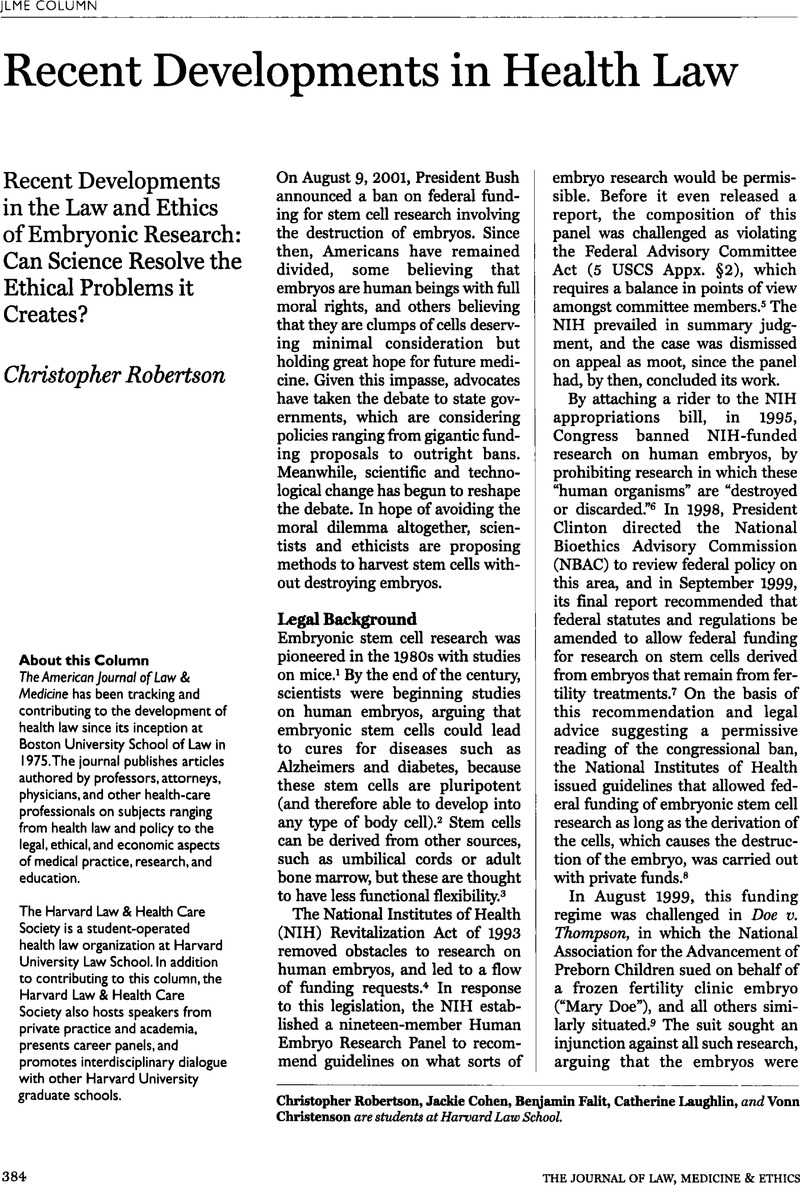State ex rel. Wyoming Ass’n of Consulting Engineers and Land Surveyors v. Sullivan, 798 P.2d 826, 828, (Wyo.
1990). Chief Justice Urbigkit listed the covered professions in his concurring opinion in
State v. Sullivan, “some or all of the practitioners of abstracting, accountancy, architecture, attorneys-at-law, pawnbrokers, barbers, boxing exhibitors, podiatrists, chiropractors, collection agencies, cosmetologists, dance hall operators, debt adjusters, dentists, embalmers, hotel keepers, junk dealers, merchants-itinerants or temporary, nursing home administrators, optometrists, pharmacists, physicians, psychologists, real estate brokers, surveyors and engineers, veterinarians, warehousemen and professional counsellors, and most recently augmented to include real estate appraisers.”
Id. at 830.
Google Scholar 